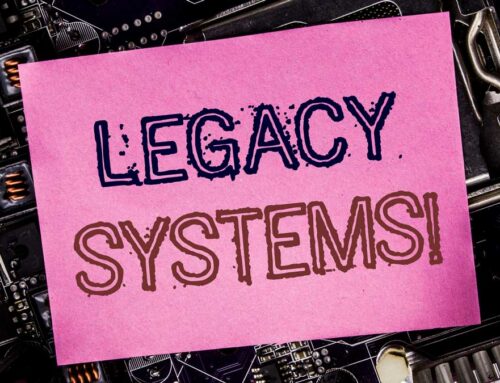These days, you can buy insurance for pretty much anything. There’s pet insurance, wedding insurance, fantasy football insurance – you can even buy insurance for the hole-in-one payout at your next golf tournament. That being said, it’s surprising how many businesses don’t do anything to insure the safety of their critical data.
Too often, backup and disaster recovery (DR) solutions are treated as costly options – just another expensive line in the IT budget. So they get ignored and waved off until a loss occurs and then everyone starts asking “Why didn’t we have something in place?”
The root problem that keeps this cycle of “expensive loss, followed by expensive fix” going is the perception that backup and DR is an “IT problem,” the “I’m too busy” issue, and the idea that it will never happen to you. But that’s simply not true. Data loss is a business risk, and should be dealt with as such. While IT may execute and support the backup strategy, backup and disaster recovery serves as a form of business insurance.
In reality, it’s actually better than having a literal insurance policy for your data. Insurance policies won’t restore the data that was lost. Having a good backup solution in place will.
The businesses that are most resilient to data loss build in backup and disaster recovery costs into the budget of all their IT projects, just like they would build in the cost of insurance for building a new facility or purchasing fleet vehicles. It’s not an “extra” or “optional” cost, it’s the cost of doing business.
Many business owners assume that backup and DR solutions are expensive and cumbersome to put in place and maintain. Although some solutions fit that description, just like like insurance policies, there are options.
For our clients, we deploy a hybrid solution that limits much of the cost and hassle normally associated with backup and DR. Workstations and servers are backed up to a local storage device that in turn backs up to storage in the cloud, negating the need for an expensive, offsite datacenter, while providing the same benefit. Everything is automatic and there’s nothing for the client to worry about maintaining.
All that makes it an easy item for business managers to approve. Instead of becoming known as the person who failed to protect the business, they are setup to be the hero that saved it by investing in a little bit of insurance for their technology.







Leave A Comment